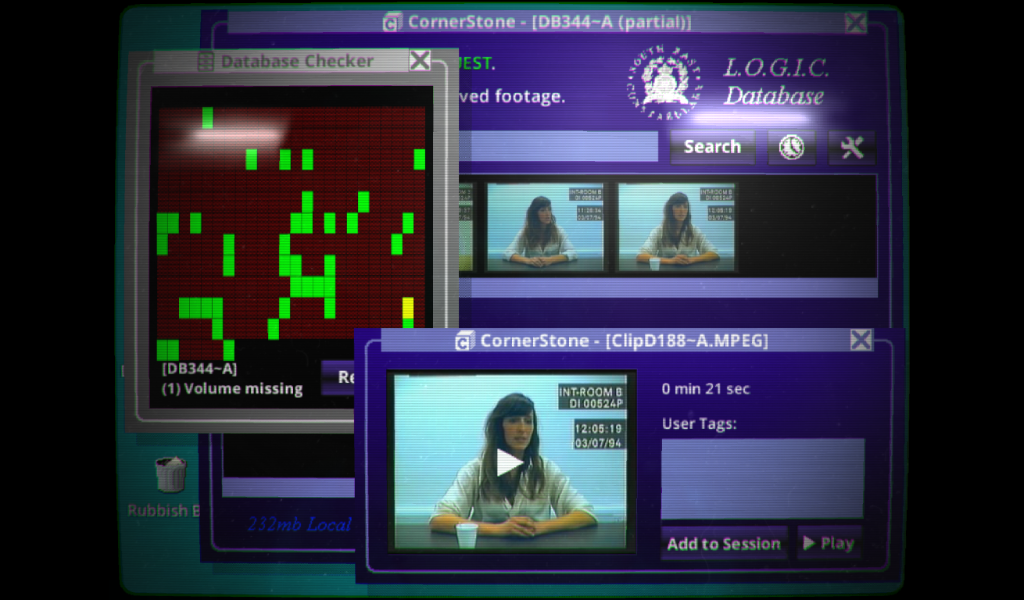At the heart of video gaming’s uniqueness lies its interactivity. Unlike traditional media, games invite players to shape the narrative, leading to a dynamic storytelling experience. This interactivity transforms a straightforward story into a complex web of choices and consequences, embodying the idea that a game is, fundamentally, a sequence of compelling decisions.
However, granting players this level of control can lead to unforeseen narrative complications. Imagine if “The Matrix” were a game; the iconic choice between the red and blue pills would rest in players’ hands, potentially altering the story’s direction significantly. This freedom challenges the notion of a fixed storyline, opening doors to a multitude of possibilities but also risking narrative coherence.
This dilemma has sparked debate among game theorists, with some advocating for the concept of ’emergent narrative’. This approach views games as creative spaces or ‘toy boxes’, where players craft their own stories through gameplay. For instance, in Sid Meier’s Civilization, players navigate through centuries, engaging in epic battles and political intrigues, yet these stories are not pre-scripted by the game’s designers.

However, an important question arises: Are narratives more engaging when they offer endless possibilities, or do they risk becoming mundane, akin to ‘a thousand bowls of oatmeal’? Despite this challenge, the success of games with linear stories, such as “The Last of Us” and “Firewatch“, suggests that video games can indeed tell captivating stories.
But blending traditional storytelling with interactive media is not without its challenges. Often, there is a disconnect between the story the game intends to tell and the one experienced by the player. This phenomenon, known as ‘ludonarrative dissonance’, is exemplified in games like “Uncharted“, where the gameplay’s action-packed nature clashes with the narrative’s portrayal of the protagonist.
Some games attempt to resolve this by treating gameplay as separate from the narrative, but this approach doesn’t fully leverage the medium’s potential. Games like “Half Life” revolutionized storytelling by allowing player movement during cutscenes, maintaining gameplay continuity without dictating the narrative.

Crafting a story where players genuinely influence the outcome is challenging. Often, designers must restrict player freedom to keep the story on track, which can break immersion and encourage players to test the system’s boundaries. The key lies in balancing narrative coherence with player agency.
A solution employed by some games is to offer fewer, but more impactful, choices. This ‘branching narrative’ approach allows players to significantly alter the story at certain junctures, though it exponentially increases development complexity. To manage this, some games create the illusion of choice, with different paths leading to similar outcomes.
In game design, the offered ‘verbs’—actions like ‘run’, ‘shoot’, ‘jump’, or ‘talk’—play a crucial role in defining the gameplay and narrative experience. For example, “Firewatch” limits players to ‘walk’ and ‘talk’, yet crafts a compelling story through its dialogue system. Similarly, “Her Story” allows players to explore a story in their own way by selecting from a pool of movie snippets, creating a unique narrative experience for each player.

These examples illustrate the ongoing evolution of interactive storytelling in games. The field is still young, with many unexplored avenues and potential breakthroughs. Much like the film industry in its early days, video game storytelling is ripe with opportunities for innovation and creativity, making it an exciting and dynamic field.






